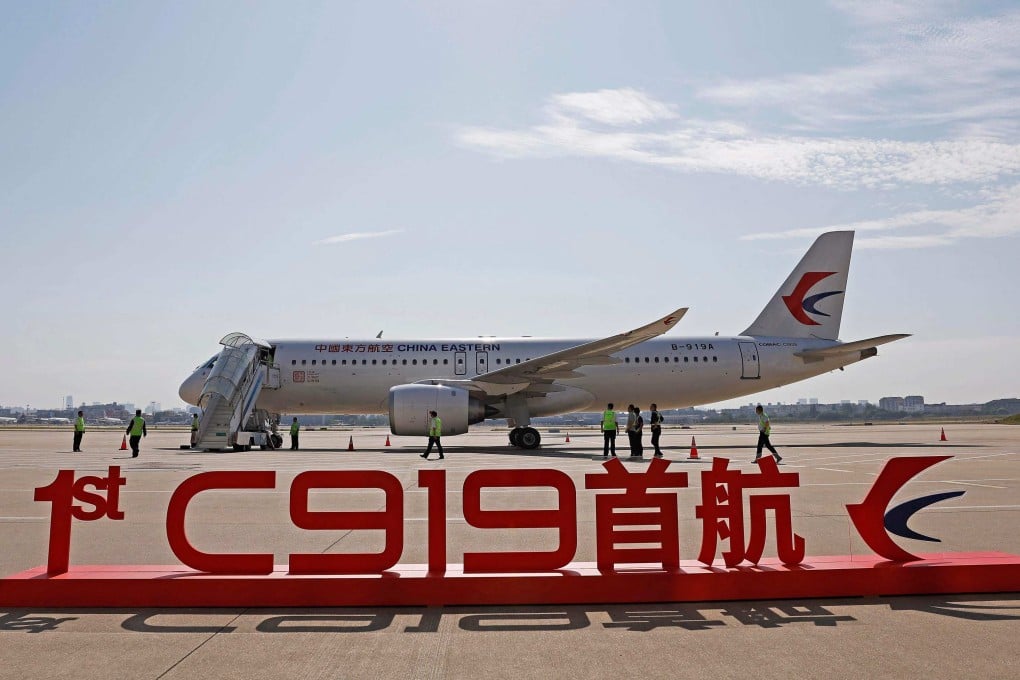Opinion | Why the C919 is more than just an aircraft for China
- With its home-grown passenger jet, Comac is trying to break into a long-standing aviation duopoly, while China hopes to turn a unipolar world order into a more multipolar one
- The C919’s first voyage is a bittersweet success, though, because US-China tensions mean it won’t be able to compete with Boeing and Airbus in their backyard

I myself once doubted whether the C919 would come to fruition. In 2013, when I worked as a consultant for Western companies supplying aviation technology to the C919, I wrote the following in Aviation Week: “I don’t think I’ll live long enough to one day step onto a C919 at Beijing Capital International Airport on its way to Chengdu or Shanghai.”
Chinese engineers who were only familiar with military-related aircraft were confronted with challenges unique to the commercial sector: how to keep down the cost of maintenance and repair, select and qualify foreign suppliers and calculate the total cost of ownership.
Seen in this light, Comac’s accomplishments are remarkable. The state-owned company was established only in 2008, yet it completed in 15 years what it took Boeing almost 40 years to do, even though the latter had a host of previous commercial aircraft designs from which to draw.
